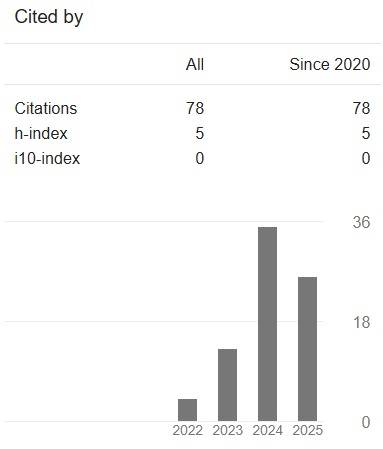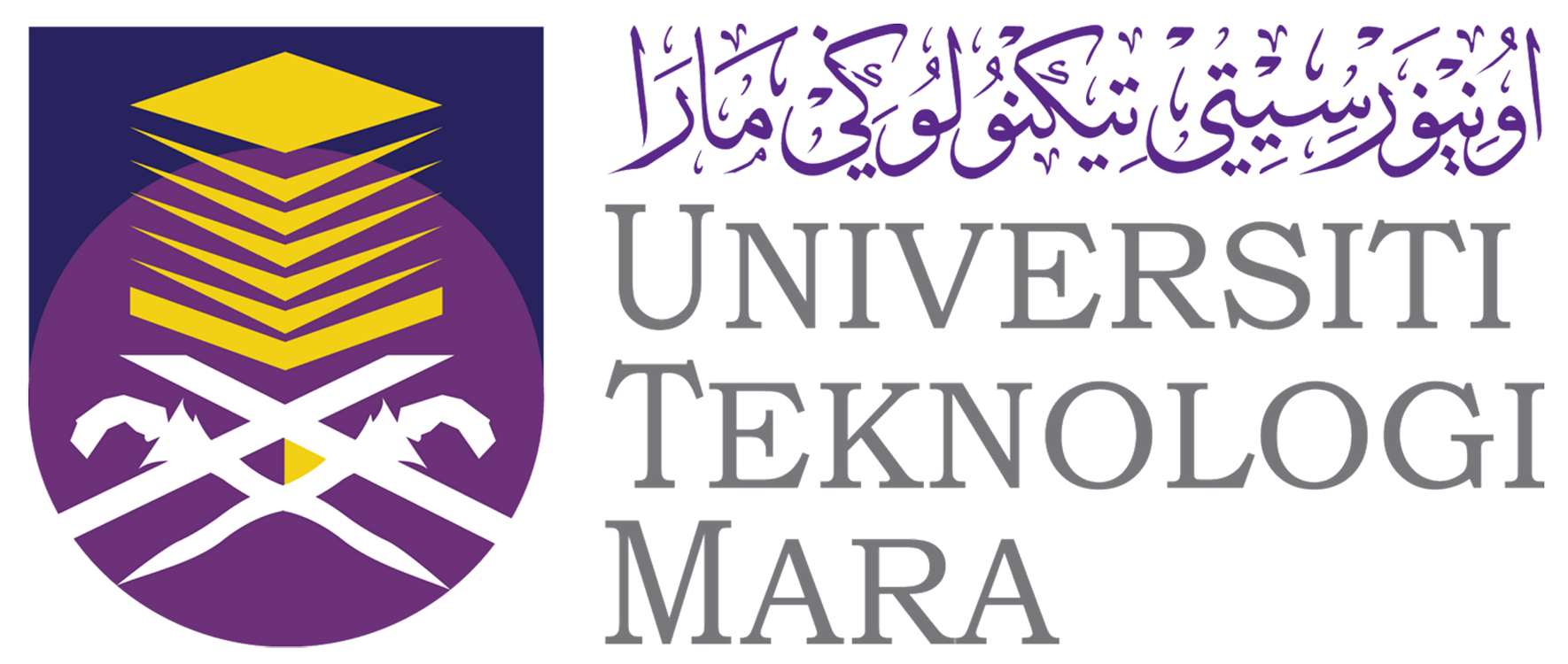Modification of the weld penetration characteristics in laser deep welding by the use of instationary gas flows
DOI:
https://doi.org/10.24191/jaeds.v2i2.57Keywords:
Laser welding, gas pulse, instationary gas flow, digital image processing, gas flow simulationAbstract
The present report focuses on the integration of a technology for generating temporally alternating (pulsed) gas flows in the field of laser welding. The technical realization required the specific adaptation of the three core elements of the gas pulse system (valve, section of measurements, control system) to realize new parameters for laser welding. These parameters allow for a positive influence on the joining process and on the results of welding, respectively.
By means of temporal control of the gas volume flow in combination with the laser welding process, it was possible to produce a force effect on the molten pool and subsequently to improve the characteristics of laser-welded seams. The effects occurring through the use of an instationary gas flow were evaluated by using the "classically" metallography and through the use of digital image processing. In parallel, the effect of a pulsating gas flow on the melting zone was simulated by using specific software in order to be able to make further statements about the effects.
Downloads
References
T. Ramge, “Offen für Innovation – Das Wunderwerkzeug,” 2005. [Online]. Available: https://www.brandeins.de/magazine/brand-eins-wirtschaftsmagazin/2005/erkenne-die-moeglichkeiten/das-wunderwerkzeug. [Accessed 5. January 2021].
E. U. Beske, Untersuchungen zum Schweißen mit kW Nd:YAG-Laserstrahlung, vol. 257, Düsseldorf: VDI-Verlag GmbH, 1992.
S. Thurner, Erzeugung und Anwendung modulierter Prozessgasströme beim Schutzgasschweißen, Chemnitz: TU Chemnitz, 2008.
L. Ebert, Beeinflussung von geschweißten Auftragschichten durch instationäre Gasströme im Plasma-Pulver-Schweißprozess, Chemnitz: TU Chemnitz, 2011.
B. John, Verwendung instationärer Gasströme in der Laserfügetechnik, vol. 6 Wissenschaftliche Schriftenreihe CHEMNITZER FÜGETECHNIK, Chemnitz: TU Chemnitz, 2018.
F. U. Mathiak, Ebene Flächentragwerke II - Grundlagen der Plattentheorie, Neubrandenburg: Hochschule Neubrandenburg, 2008.
E. Truckenbrodt, Fluidmechanik – Band 2: Elementare Strömungsvorgänge dichteveränderlicher Fluide sowie Potential- und Grenzschichtströmungen, 4. Auflage ed., Berlin: Springer-Verlag, 1999.
DIN EN ISO 5167 - Durchflussmessung von Fluiden mit Drosselgeräten in voll durchströmten Leitungen mit Kreisquerschnitt, Berlin: Deutsches Institut für Normung e. V., 2004.
F. Brall, “Regelungen,” [Online]. Available: https://rn-wissen.de/wiki/index.php/Regelungstechnik# PID-Regler. [Accessed 01. March 2021].
Institut für Physik Universität Augsburg, “Physikalisches Praktikum für Fortgeschrittene – PID-Regler,” [Online]. Available: http://www.physik.uni-augsburg.de/~sausemar/FP14/FP14. [Accessed 20. January 2014].
U. Köhler, “Device for processing workpieces by laser radiation – uses turbine wheel to circulate gas at high speed, and optically monitors outlet valve”. Patent DE3927451, July 1990.
B. John, D. Markert, N. Englisch, M. Grimm, M. Ritter, W. Hardt and D. Kowerko, “Quantification of geometric properties of the melting zone in laser-assisted welding,” in Lasers in Manufacturing Conference 2017, München, 2017.
D. Kowerko, M. Ritter, R. Manthey, B. John and M. Grimm, “Quantifizierung der geometrischen Eigenschaften von Schmelzzonen bei Laserschweißprozessen,” Forum Bildverarbeitung 2016, 2016.
K. C. Mills, “The importance of materials properties in high-temperature processes,” 3rd international slag valorisation symposium, pp. 69-85, 2013.
B. J. Keene and R. F. B. K. C. Mills, “Surface properties of liquid metals and their effects on weldability,” Materials Science and Technology, pp. 568-571, 1985.
A. A. Shirali and K. C. Mills, “The effect of welding parameters on penetration in GTA welds,” Welding Research Supplemnet, pp. 347-353, 1993.
B. Bochtler, O. Gross, I. Gallino and R. Busch, “Thermo-physical characterization of the Fe67Mo6Ni3.5Cr3.5P12C5.5B2.5 bulk metallic glass forming alloy,” Acta Materialia, no. 118, pp. 129 - 139, 2016.
R. Jenning, Rheologisches Verhalten teilerstarrter Metalllegierungen, Technische Universität Erlangen, 2009.
Downloads
Published
How to Cite
Issue
Section
License
Copyright (c) 2022 Sebastian Härtel

This work is licensed under a Creative Commons Attribution 4.0 International License.









